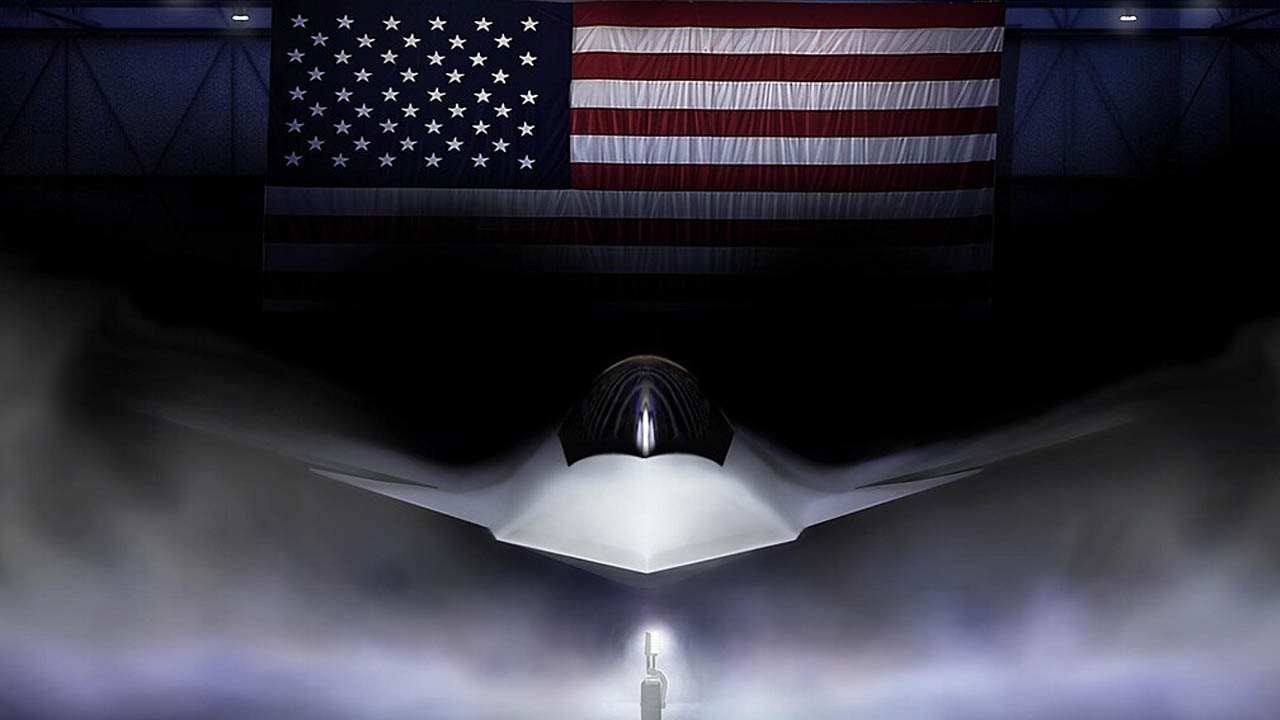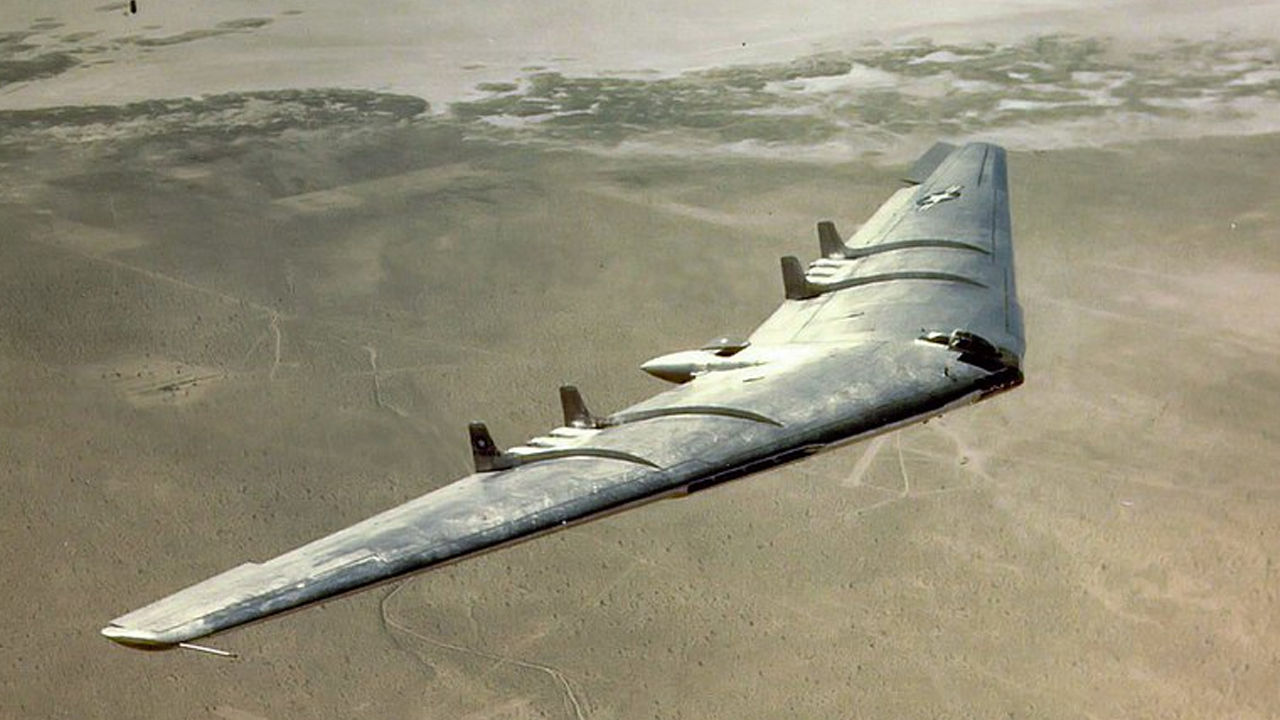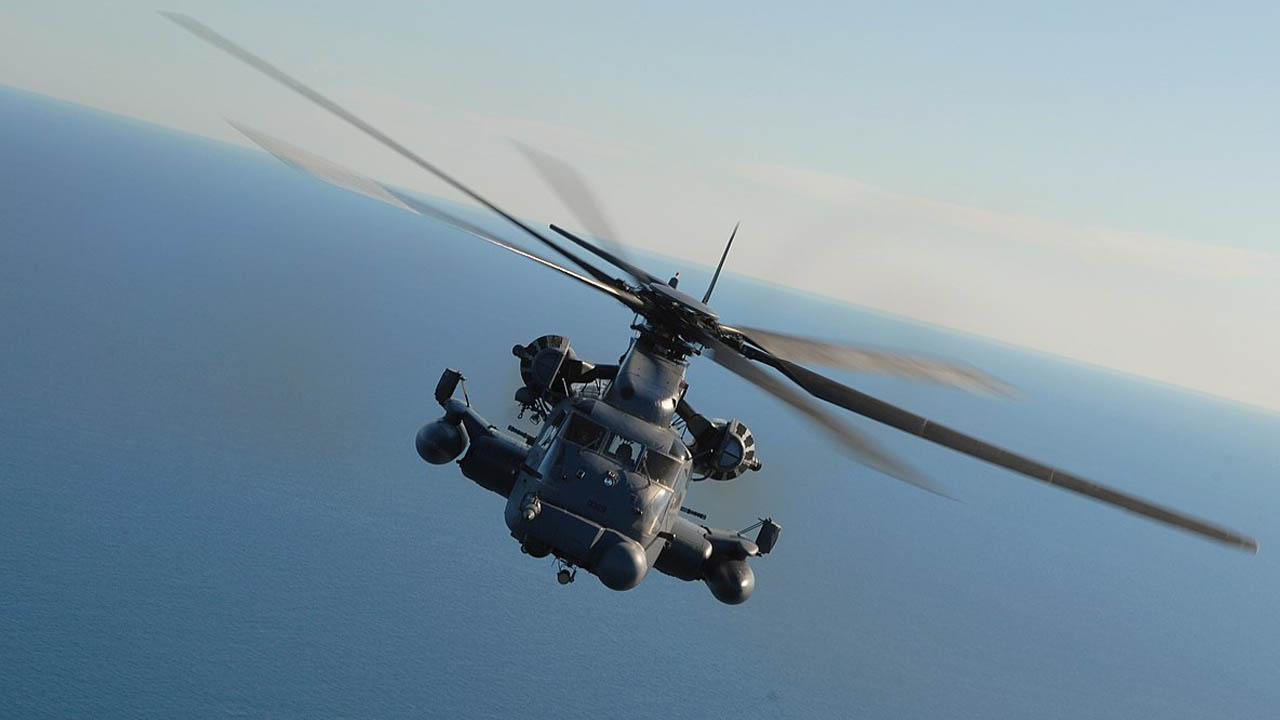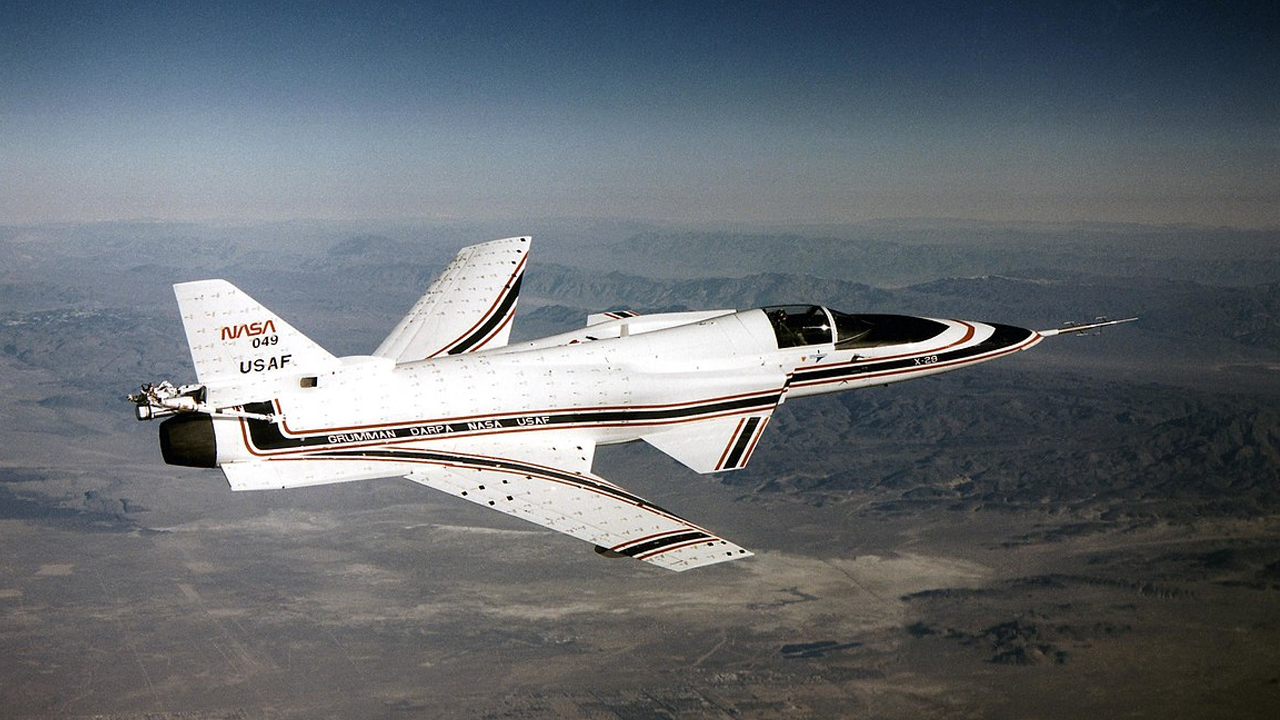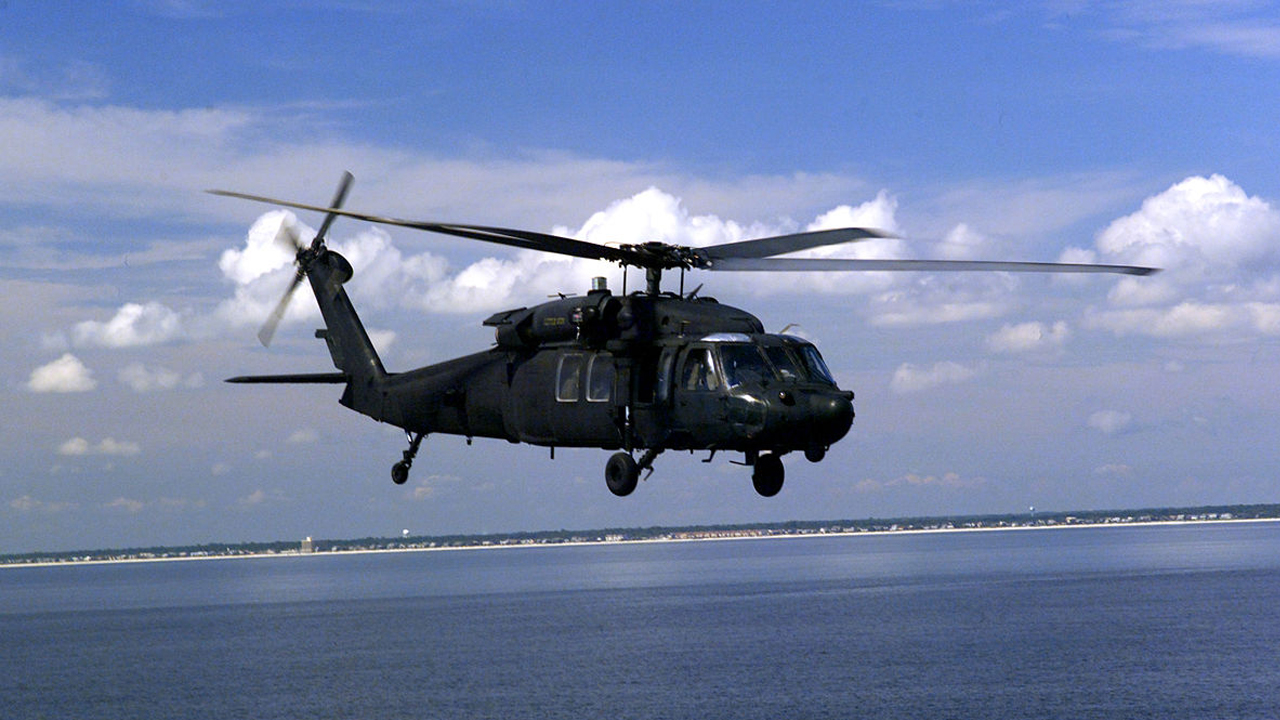In the late 1960s, Lockheed engineers explored something most people would’ve thought impossible—a nuclear-powered aircraft carrier that could fly. Known as the CL-1201, it wasn’t just a plane. It was a proposed mobile base that could loiter over global hotspots for weeks, independent of runways, carriers, or even refueling.
A Flying Fortress Beyond Imagination
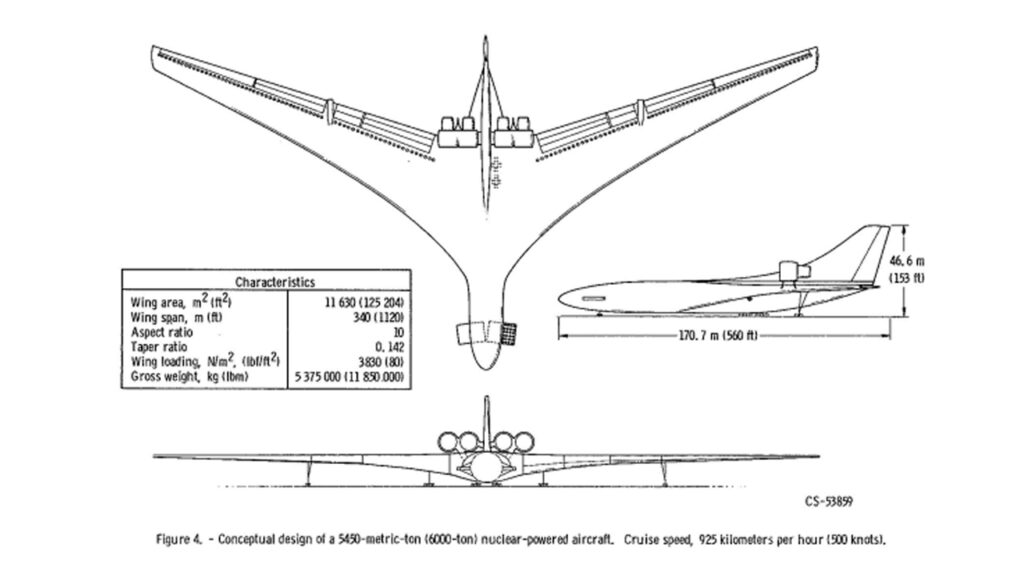
The CL-1201 concept had a wingspan of 1,120 feet and an estimated weight around 6,000 tons. Lockheed designed it to carry 22 fighter jets under its wings, all launched and recovered mid-air. A nuclear reactor onboard would keep it airborne for up to 41 days—giving it global reach and non-stop presence.
To call it oversized is putting it mildly. At nearly three times the wingspan of a Boeing 747, it was an airborne city. The aircraft would be able to stay aloft for over a month, providing both a launch platform and command center anywhere it was needed.
Engineering the Impossible
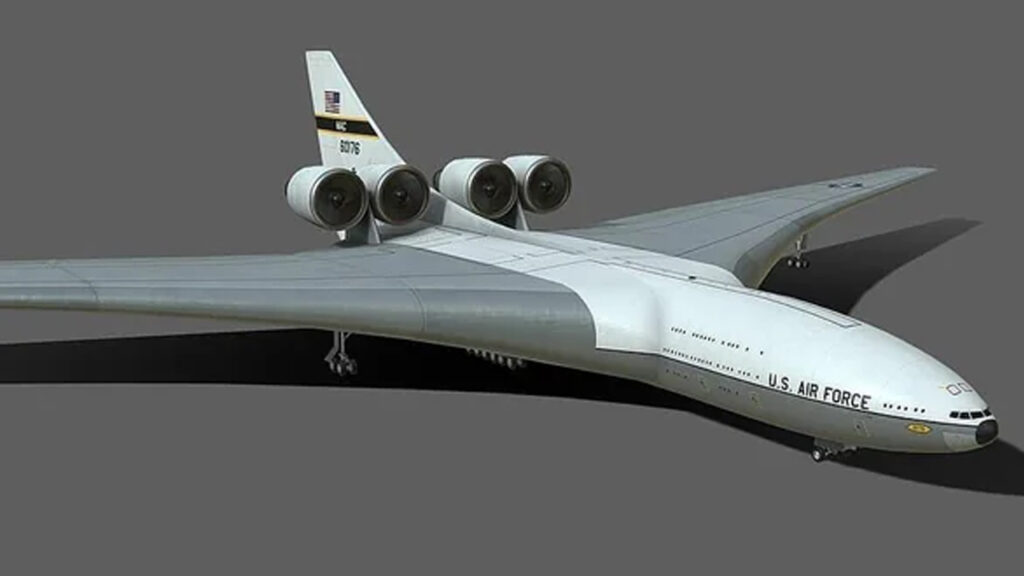
From a technical standpoint, this wasn’t an easy thing to pull off. The engineering proposal included 182 lift jets just for takeoff and landing, with four main high-bypass turbofans driving forward thrust. These would transition to nuclear power once the aircraft reached 16,000 feet.
The nuclear system was built around a reactor and heat exchanger. Instead of burning fuel, the engines would be heated by nuclear energy mid-flight. The design even included emergency shielding and a rapid shutdown sequence in case of failure. If it sounds sci-fi, that’s because it basically was.
Strategic Mobility on a New Level
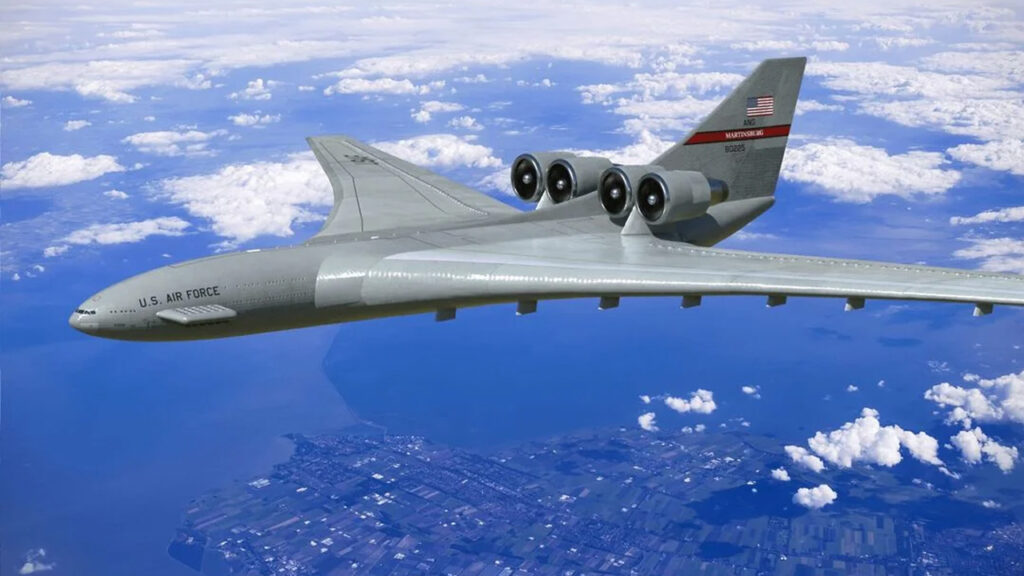
Lockheed didn’t stop at just one aircraft. Their full vision included Logistic Support Aircraft—flying warehouses that could haul 400 troops and over 1,100 tons of equipment each. These would meet up with smaller transports, like modified Boeing 707s, mid-air and transfer supplies without landing.
From the U.S., these planes could reach nearly any hotspot across the globe. No need for overseas bases or ocean-going fleets. The CL-1201 system was meant to bypass politics and bottlenecks—just launch, fly, and dominate from the sky.
The Legacy of the CL-1201
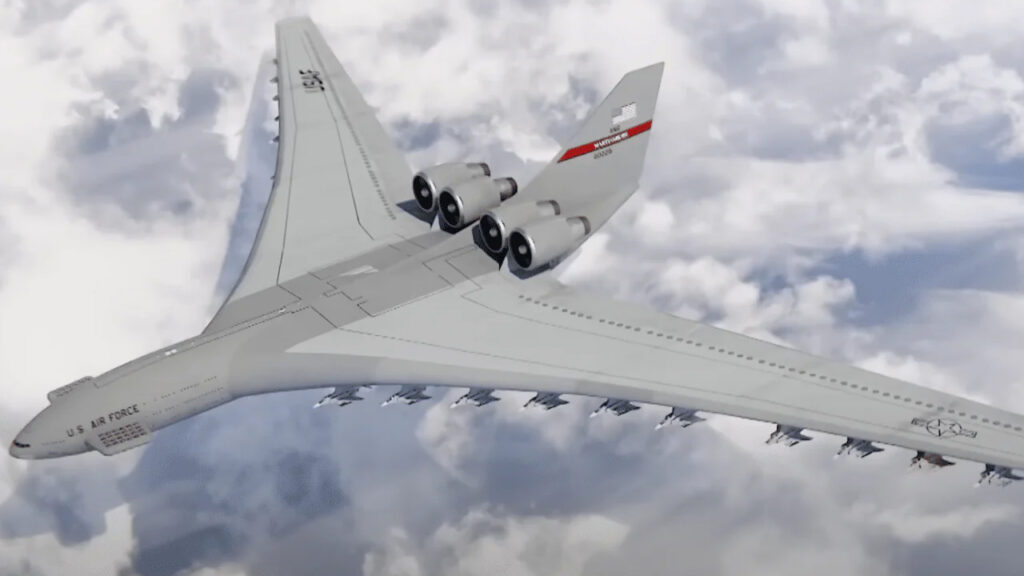
Officially, the CL-1201 never made it past the study phase. Lockheed’s original plans reportedly disappeared, with only fragments showing up in later reports. But the concept still floats around in aerospace circles as one of the boldest ideas of the Cold War era.
Its nuclear propulsion system, its aerial launch platform design, its sheer scale—all of it was decades ahead of its time. According to declassified assessments, the project wasn’t meant just to build something big. It was meant to explore what was even possible in military aviation.




